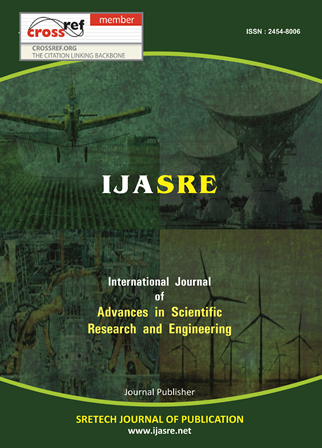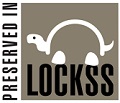Predicting soil Cation Exchange Capacity (CEC) from pH, % Clay and % Organic Carbon : A Case Study on Selected Burundi Surface Soils
DOI:
https://doi.org/10.31695/IJASRE.2024.6.1Keywords:
Burundi, pH value, Clay percentage, Percentage of Organic C, Linear regression, Surface soilsAbstract
A statistical linear regression study was performed on surface soil samples collected in four Burundi agro-écological zones (AEZ) of Imbo, Mumirwa, Kirimiro and Moso. The study aimed at evaluating the causal effects of soil pH, % clay and % Organic C (OC) on soil cation exchange capacity (CEC), using simple, two-way and 3-way linear regression models. Soil pH as an explanatory variable of CEC gave poor results, while % OC emerged as the best one-way explanatory variable of CEC (R²=0,40). With 2-way regression analyses, the best fits were obtained in the Kirimiro AEZ with soil pH and % clay (R²=0,63), Imbo AEZ with soil pH and % OC (R²=0.66) and Imbo and Kirimiro AEZ with % clay and % OC (R²=0,63). The 3-way (pH, % clay and % OC) regression analysis gave statistically significant higher R² values ranging from 0.60 (Mumirwa) to 0.76 (Imbo). Linear regression analysis performed on pooled data (256 samples) proved that the 3-way dependent/explanatory variables model is the best fit (R²=0,64). In conclusion, our results outlined that % OC emerges as the key determinant of CEC in highly weathered, kaolinitic Burundi soils.
Downloads
How to Cite
Issue
Section
License
Copyright (c) 2024 KABONEKA Salvator , IRAKOZE Willy , NDIHOKUBWAYO Soter, NIYUNGEKO Christophe, NTAKIYIRUTA Pierre

This work is licensed under a Creative Commons Attribution-NonCommercial 4.0 International License.








